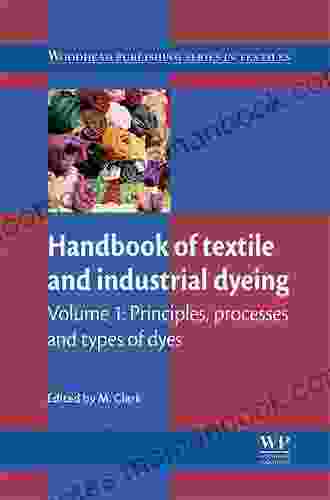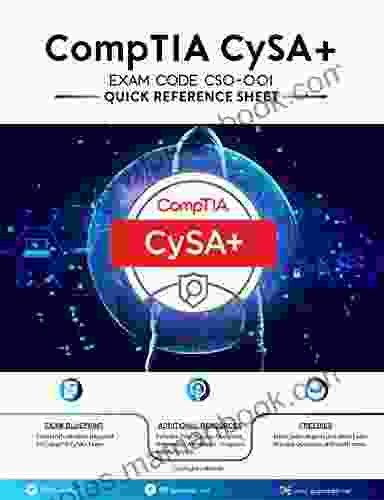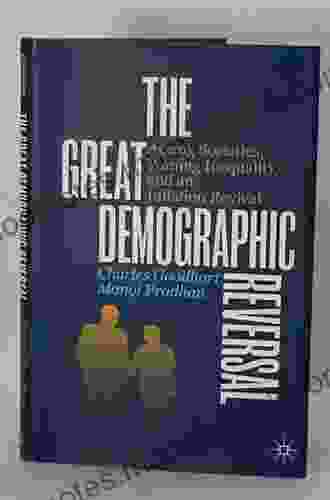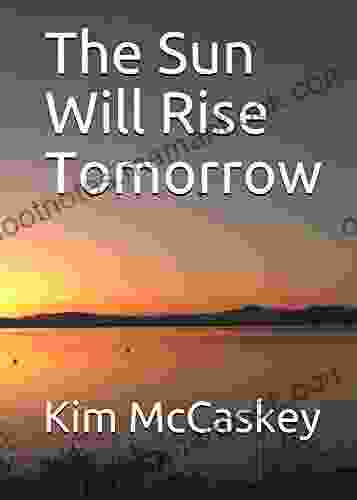Principles, Processes, and Types of Dyes in Textiles: An Exhaustive Guide

The world of textiles is vast and ever-evolving, with a myriad of materials, colors, and patterns. Dyes play a crucial role in transforming fabrics, imbuing them with vibrant hues and enhancing their aesthetic appeal. In this comprehensive article, we delve into the principles, processes, and diverse types of dyes used in textiles, providing an in-depth understanding of the science behind their application.
Principles of Dyeing
Dyeing is the process of imparting color to textile fibers through chemical or physical means. The fundamental principle behind dyeing involves the interaction between the dye molecules and the fiber's molecular structure. Dyes are typically colored organic compounds that possess an affinity for specific types of fabrics, such as cotton, wool, or nylon.
4.8 out of 5
| Language | : | English |
| File size | : | 8858 KB |
| Text-to-Speech | : | Enabled |
| Screen Reader | : | Supported |
| Enhanced typesetting | : | Enabled |
| Print length | : | 678 pages |
The interaction between dye molecules and fibers can be influenced by various factors, including the dye's molecular weight, polarity, solubility, and the pH of the dyeing solution. By understanding these principles, textile manufacturers can optimize the dyeing process for specific fibers and achieve desired color results.
Processes of Dyeing
There are numerous methods for dyeing textiles, each with its unique advantages and disadvantages. The selection of the dyeing process depends on factors such as the type of fiber, desired colorfastness, and the equipment available. Some of the most common dyeing processes include:
- Exhaust Dyeing: In exhaust dyeing, the dye is dissolved in water, and the textile is immersed in the solution. The dye molecules penetrate the fibers and are fixed in place through chemical or physical interactions.
- Jig Dyeing: Jig dyeing is a continuous dyeing process where the fabric is passed through a series of rollers immersed in a dye solution. This process is particularly suitable for delicate fabrics that require minimal tension.
- Pad Dyeing: Pad dyeing involves passing the fabric through a padding mangle, which applies a thin layer of dye solution to the fabric. The dye is then fixed through heat or steaming.
- Dye Printing: Dye printing is a specialized technique where dyes are selectively applied to specific areas of the fabric using various methods, such as screen printing or digital printing.
Types of Dyes
There is a wide range of dyes available, each with its unique chemical composition and application characteristics. The choice of dye depends on the desired color, fiber type, and the required colorfastness. Some of the main types of dyes include:
- Natural Dyes: Natural dyes are derived from natural sources, such as plants, animals, or minerals. They have been used for centuries for dyeing textiles and are known for their sustainability and vibrant hues.
- Synthetic Dyes: Synthetic dyes are manufactured from chemical compounds and are widely used in the textile industry due to their versatility, intense colors, and high colorfastness.
- Acid Dyes: Acid dyes are used for dyeing wool, silk, and nylon. They are typically applied in an acidic solution and are known for their bright and vibrant shades.
- Basic Dyes: Basic dyes are used for dyeing cotton, linen, and rayon. They are typically applied in a basic solution and are known for their good washfastness.
- Reactive Dyes: Reactive dyes form a covalent bond with the fiber, resulting in excellent colorfastness. They are commonly used for dyeing cellulosic fibers, such as cotton and linen.
- Disperse Dyes: Disperse dyes are used for dyeing synthetic fibers, such as polyester and nylon. They are insoluble in water and are dispersed in the dyeing solution using a carrier.
- Vat Dyes: Vat dyes are used for dyeing cotton and linen. They are insoluble in water and require a reduction process to become soluble and attach to the fibers.
Factors Affecting Dyeing
The successful dyeing of textiles depends on careful consideration of various factors, including:
- Fiber Type: Different fibers have different dyeing properties, so the choice of dye and dyeing process must be optimized for the specific fiber type.
- Dye Concentration: The concentration of the dye solution influences the intensity of the color. Higher dye concentrations result in darker shades.
- Temperature: Temperature is a critical factor in the dyeing process, as it affects the rate of dye uptake and the colorfastness of the dye.
- Time: The duration of the dyeing process impacts the depth of color. Longer dyeing times result in more intense shades.
- pH: The pH of the dyeing solution can affect the dye's solubility and affinity for the fiber. Optimal pH levels must be maintained for successful dyeing.
The world of dyes in textiles is vast and multifaceted, encompassing various principles, processes, and types of dyes. Understanding these aspects is crucial for textile manufacturers and designers to achieve desired color results, enhance fabric performance, and cater to the diverse needs of the textile industry. As research and innovation continue to advance, we can anticipate even more sophisticated and sustainable dyeing technologies that will push the boundaries of textile design and unlock new possibilities for color expression.
4.8 out of 5
| Language | : | English |
| File size | : | 8858 KB |
| Text-to-Speech | : | Enabled |
| Screen Reader | : | Supported |
| Enhanced typesetting | : | Enabled |
| Print length | : | 678 pages |
Do you want to contribute by writing guest posts on this blog?
Please contact us and send us a resume of previous articles that you have written.
 Top Book
Top Book Novel
Novel Fiction
Fiction Nonfiction
Nonfiction Literature
Literature Paperback
Paperback Hardcover
Hardcover E-book
E-book Audiobook
Audiobook Bestseller
Bestseller Classic
Classic Mystery
Mystery Thriller
Thriller Romance
Romance Fantasy
Fantasy Science Fiction
Science Fiction Biography
Biography Memoir
Memoir Autobiography
Autobiography Poetry
Poetry Drama
Drama Historical Fiction
Historical Fiction Self-help
Self-help Young Adult
Young Adult Childrens Books
Childrens Books Graphic Novel
Graphic Novel Anthology
Anthology Series
Series Encyclopedia
Encyclopedia Reference
Reference Guidebook
Guidebook Textbook
Textbook Workbook
Workbook Journal
Journal Diary
Diary Manuscript
Manuscript Folio
Folio Pulp Fiction
Pulp Fiction Short Stories
Short Stories Fairy Tales
Fairy Tales Fables
Fables Mythology
Mythology Philosophy
Philosophy Religion
Religion Spirituality
Spirituality Essays
Essays Critique
Critique Commentary
Commentary Glossary
Glossary Bibliography
Bibliography Index
Index Table of Contents
Table of Contents Preface
Preface Introduction
Introduction Foreword
Foreword Afterword
Afterword Appendices
Appendices Annotations
Annotations Footnotes
Footnotes Epilogue
Epilogue Prologue
Prologue Seidu Lawal
Seidu Lawal Timothy Schaffert
Timothy Schaffert Jennifer Lenhardt
Jennifer Lenhardt Karyl Mcbride
Karyl Mcbride Andrew Swanston
Andrew Swanston Jean L P Brunel
Jean L P Brunel Don Vu
Don Vu John A Mcdougall
John A Mcdougall Katie Young Gerald
Katie Young Gerald Duncan Macmillan
Duncan Macmillan Jean M Twenge
Jean M Twenge Deepak Yadav
Deepak Yadav Kyndra Hatch
Kyndra Hatch Luanne G Smith
Luanne G Smith Hope Ann
Hope Ann Christopher Ferreiras
Christopher Ferreiras Michel Tremblay
Michel Tremblay Tara Teaspoon
Tara Teaspoon Matthew Mather
Matthew Mather Keith O Brien
Keith O Brien
Light bulbAdvertise smarter! Our strategic ad space ensures maximum exposure. Reserve your spot today!

 Robert ReedLaunch Your Fashion Accessories Empire: A Comprehensive Guide to Starting and...
Robert ReedLaunch Your Fashion Accessories Empire: A Comprehensive Guide to Starting and... Russell MitchellFollow ·4.1k
Russell MitchellFollow ·4.1k Nick TurnerFollow ·5.3k
Nick TurnerFollow ·5.3k Louis HayesFollow ·6.1k
Louis HayesFollow ·6.1k Edgar CoxFollow ·9.4k
Edgar CoxFollow ·9.4k Aleksandr PushkinFollow ·6.2k
Aleksandr PushkinFollow ·6.2k Herman MitchellFollow ·10.4k
Herman MitchellFollow ·10.4k David PetersonFollow ·2.1k
David PetersonFollow ·2.1k Craig CarterFollow ·15.5k
Craig CarterFollow ·15.5k

 Colin Foster
Colin FosterBlacktop Wasteland: A Novel S A Cosby
In the vast literary landscape of...
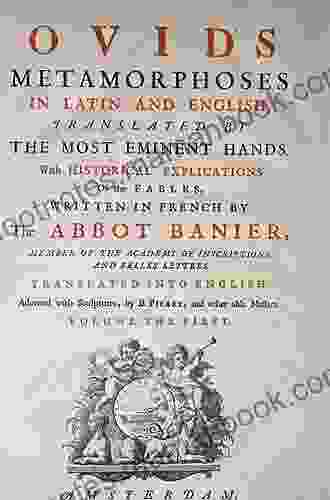
 Curtis Stewart
Curtis StewartOvid's Metamorphoses: An Ancient Epic of Transformation...
Ovid's Metamorphoses is an epic poem...

 Adam Hayes
Adam HayesThe Elements of Piano Playing Op. 30: A Comprehensive...
: Unveiling...
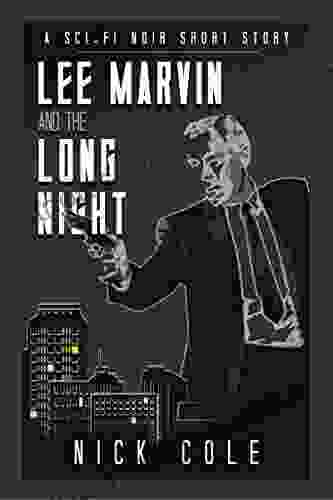
 Patrick Hayes
Patrick HayesLee Marvin and The Long Night: A Tale of Vengeance, Grit,...
In the annals of Western cinema, few...

 Jermaine Powell
Jermaine PowellUnveiling the Alluring World of Romantic Thrillers,...
Prepare to delve into a...
4.8 out of 5
| Language | : | English |
| File size | : | 8858 KB |
| Text-to-Speech | : | Enabled |
| Screen Reader | : | Supported |
| Enhanced typesetting | : | Enabled |
| Print length | : | 678 pages |


